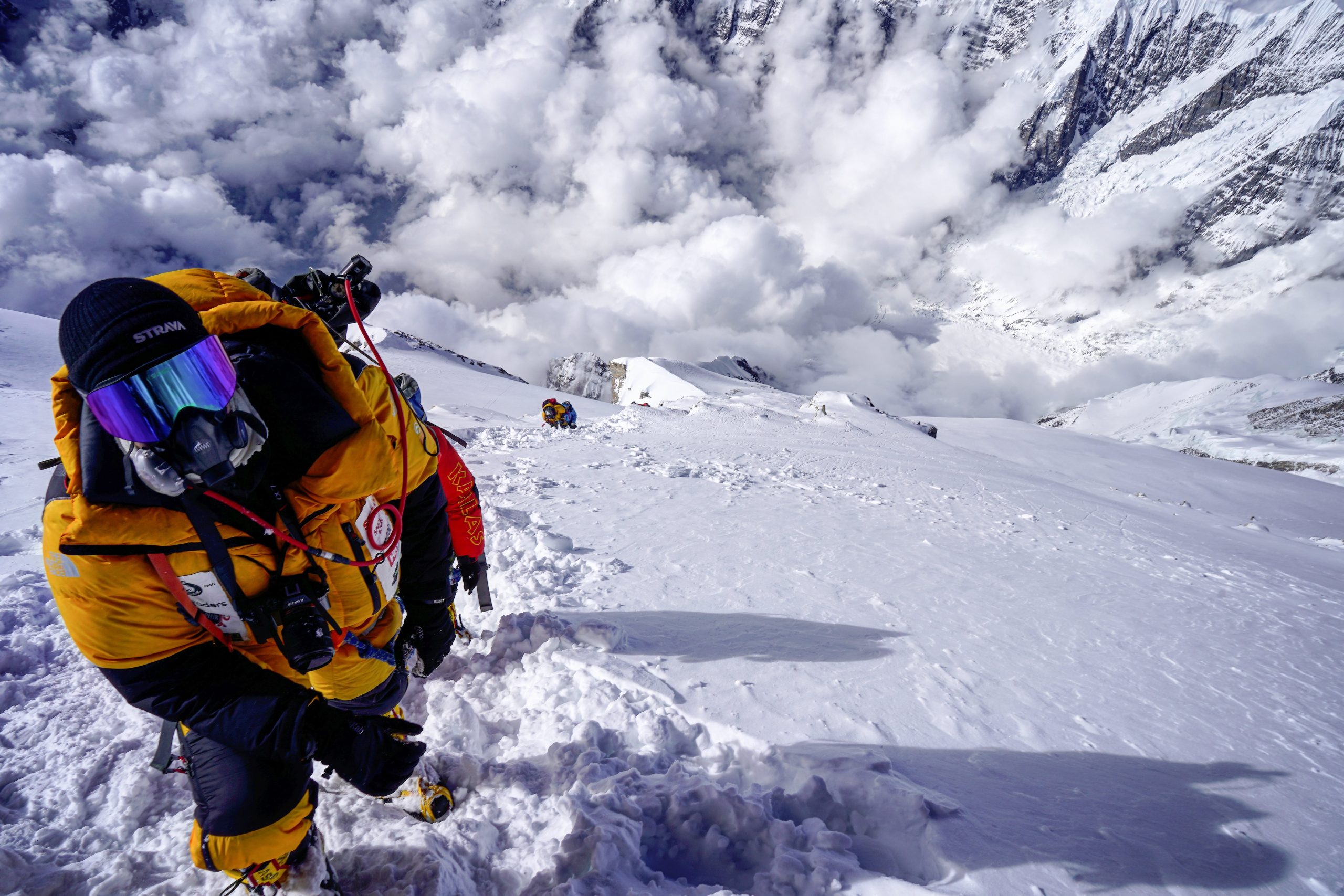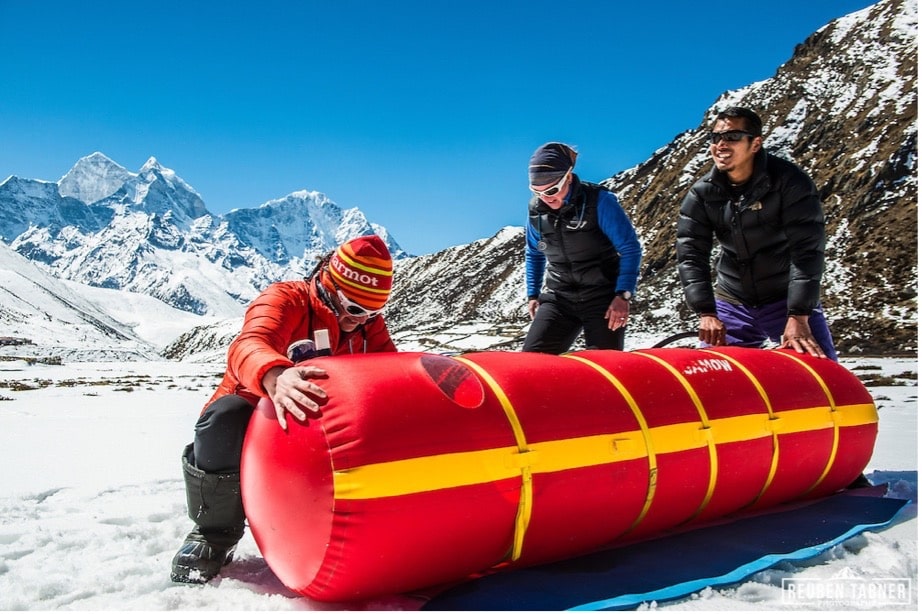
Summiting the peak of a high-altitude mountain is one of life’s most rewarding feats. However, it doesn’t come without its fair share of risks. Today we’re talking about High Altitude Pulmonary Edema or HAPE. A life-threatening condition influenced by high altitude which causes fluid to be generated and accumulated in the lungs. Occurring when individuals ascend above 8,200 feet, mountaineers, rock climbers, thrill seekers, and indigenous people who live at altitude are at risk of encountering this fatal condition. An extreme form of altitude sickness, it’s no joke and should be taken seriously on any alpine expedition.
What is HAPE?
When climbing to a high altitude, the amount of oxygen available in the human body begins to decrease. After around 6,000 feet the concentration of oxygen in the blood decreases immensely. To accommodate for this drop in oxygen, available blood vessels around the body, especially the lungs, begin to constrict. This results in blood only reaching parts of the body where oxygen is needed most. Because of this constriction, blood pressure will begin to rise.
Similar to a network of pipes, if one tube is blocked, liquid is forced to flow through a single channel resulting in a pressure increase. Only blood vessels are not pipes, they are porous with tiny microscopic passageways. This extra and unusual pressure causes fluid to leak from the vessels into the lung tissue. This eventually seeps into the alveoli or air sacs of the lungs where it significantly affects breathing.
In healthy functioning lungs, oxygen-rich blood flows into the lungs before moving to the alveoli. However, when they are filled with fluid, the process can not happen efficiently. In turn, oxygen-rich blood cannot move in and out of the lungs or throughout the body. Due to a lack of oxygen, our body cannot function properly and will begin to shut down. Think of it like drowning except you’re not in water, you’re on a mountain.
It’s a serious condition because when it happens, it happens quickly. Without immediate intervention, those who suffer from it will endure grave consequences. If left untreated, HAPE has a mortality rate in 50 percent of affected individuals.
Symptoms to Look Out For
Short-term symptoms include shortness of breath that worsens when lying down. Not just the normal shortness of breath that occurs at altitude but shortness of breath while eating and talking. Constantly needing to gasp for air. The individual may show signs of tachycardia, a heart rate that’s too fast, typically over 100 beats a minute. Others to keep an eye out for include; blue/gray skin color, sweating, confusion, malaise, wheezing, chest pain, low-grade fever, and even restlessness.
Crackles or rales can be heard when a person inhales. Caused by fluid in the small airways (atelectasis) resulting in a small clicking, bubbling, or rattling sound in the lungs. HAPE typically begins in the right middle lobe, under the armpit in the ribcage. An unlikely, yet vital item to keep in your backpack, a stethoscope can check for these symptoms and can be crucial in diagnosis.
Perhaps the most unmistakable sign an individual is suffering from HAPE is a dry cough that eventually produces pink, frothy sputum (tinged with blood). However, this is a late finding and you don’t want to wait for this symptom to occur as it means the blockage has already made its way to the lungs. Time is crucial at this point.

Treatment of HAPE
The most efficient way to treat HAPE is immediate descent to a lower altitude. The condition is treatable and studies have proven a quick recovery can occur when you drop at least 1,640-3,280 feet (500-1000M). A rapid descent paired with resting and administering oxygen can save a life. Pharmacological treatment can include Nifedipine which is used to treat high blood pressure and control chest pain. Although medication can relax the blood vessels so the heart does not have to pump as hard, a fast descent is almost always crucial. In extreme circumstances a helicopter evacuation is necessary.
Although not always available, a powerful way to combat the effects of HAPE, AMS (Acute Mountain Sickness), or HACE (High Altitude Cerebral Edema), is a portable hyperbaric chamber. Widely known as the Gamow Bag, this unique device is key to quickly treating a HAPE on the spot. Once the patient is lying down in the nylon tube it is pumped up and inflated. The pressurized chamber will simulate a lower elevation increasing oxygen and allowing the patient to breathe easier. The air pressure in the bag will now replicate a descent of as much as 7,000 feet, thus relieving symptoms.
On A Lighter Note
Have you ever felt extra gassy while on a flight or during a hike? This syndrome is known as High Altitude Flatus Expulsion or HAFE. Yes, mountains can make you fart and it’s a real thing. The decreased air pressure surrounding your body at altitude causes an increase in the volume of gas in your intestines. The expands until it can’t any longer and must escape and you know what happens next. I guess you can call them alti-toots!
